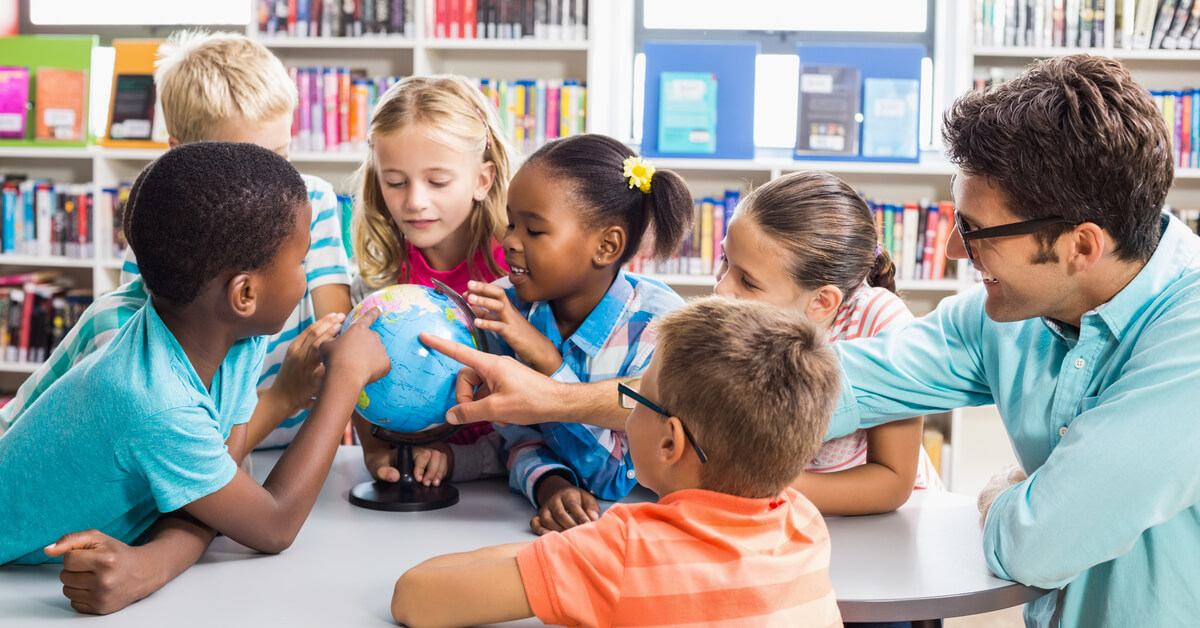Advancing equity-rooted, Social and Emotional Learning that is both effective and sustainable over time, is a challenge to which all schools must rise in the post-pandemic world. In this article, I will share an evidence-led framework and some practical insights that will guide compassionate and impactful action, regardless of your school’s current level of SEL development.
Social and Emotional Learning (SEL) is a process of lifelong learning to understand and flourish in our intrapersonal and interpersonal worlds. It is through SEL that we learn critical skills to ensure an equitable, just, and inclusive society in which empathy abounds and all people thrive.
A Whole Community Framework for SEL
To ensure that aspirations for nurturing SEL across a community are realized and sustained over time, a Whole Community Approach, looking beyond just the curriculum, is essential.
This broader focus brings integrity and a sense of community-wide consistency to SEL work. It also avoids SEL becoming an add-on or something that happens only in Advisory or Morning Meeting or something that lives with the counselor.
| The Institute for SEL’s Whole Community Framework 1. Teaching Student SEL skills through an evidence-led spiraling curriculum 2.… |


